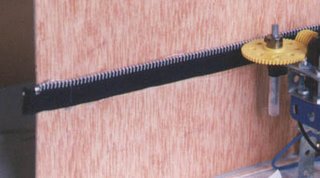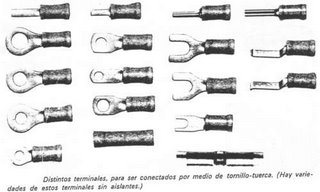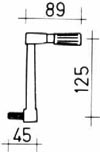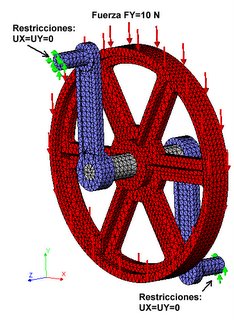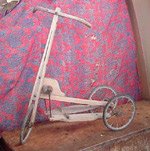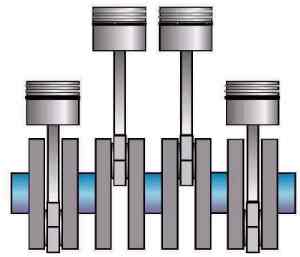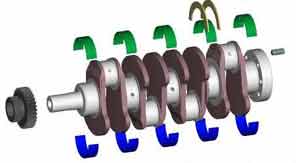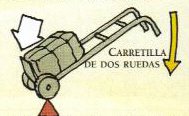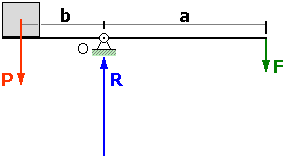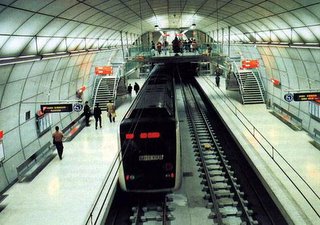On Friday they still had no idea of \u200b\u200bwhat would do on Saturday received a call from Asturian rivers Aitor wondering, as he and Julia ( Speedkayak ) were in the principality. As I of this autonomous community I have no idea, derivatives to Thomas which we ended up rolling them all to make the Landro.
Ourol
On the way stopped at As Pontes to pick up José Miguel. When we finally reached our destination only Carlos the rest would be delayed.

Preliminary
After changing, we performed the shuttle run and we went into the River. After warming in a hundred yards of Class I / II found that floods had cleared a sifonazo had in the past that went down this stretch. The arrival of the mini-dam was a porter (easy on the left) and the beginning of the fun.

The dam portage

fun begins
The gap is growing and the steps of Class III is still giving a good continuation to the decline. We sail eye until a break made us lose sight of the River. It was a leap that is turning left. What we were doing all recorded on video while Aitor and Germany we immortalized with the camera. It was followed by a step at other times had to do it the right receptions stone, but this time, the result of the flood, the trunk was gone that prevented it from the left. Mounted securely and returned to solve all smoothly.

opened new paths

Continuity and drop
After a few ramps to hit view again quickly re-scan. At this time a long, paved ramp followed by a small oasis and a series of leaps punctuated by puddles. Juanjo overturned on the ramp and swam. Carlos was fine with rope rescue and pulled him out of the water quickly, but unfortunately Juanjo had taken a big hit in the coccyx and hand. Fortunately was able to continue without problems. One end of the rope ended up under a rock and I had to get me to the river to disengage. In rivers so stoned as it is important to ride well as assurances by continuity swims can be long and painful.

The end of the ramp

Rescuing the rescue rope;)

No comment:)
Then we would face at a pace that is characterized by a stone slope to the left side was a tree. Opened Aitor showing the rest of the course which was good. Land touches made the step to carry the "P" on this occasion also siphon stone had gone through another tree.

Carlin in action
remarkable
The next step is one that after entering the left has a giant mushroom species. Carlos was dislocated and faced a small step back by an inadvertent stall Stern with the Nomad. In fact except Aitor and Jose Miguel (any problems) the rest turn more or less voluntarily to the right past the water mushroom.

In stone!
In a minor leap, Thomas had to leave the dugout to stay flush. I too underwent the fixed but I got free myself without having to pull the cover.
Another step that gave us joy was an "S" in which he had to go skipping a stone immediately afterwards turn left. Both paddlers "guests" turned, eskimo quickly, to finish the step. I do not fine tune the output of the "S" playing in a rock and finishing step back. At this point we use to account for some fruit and chocolate because we had about three hours of descent.


River some surprises in store for us as a siphon huge tree in the same ramp that is the stone trap. Then came a diagonal step that is skipped by the center-right. In this jump, I've always played in some rock-except this time I got a slab slides perfectly, landing cleanly on the mattress.
The next stop would be to explore the staircase and the passage of the "mommies." We set up a strong security steps to prevent anyone was going to swim for the next step.

The staircase steps flanked him playing the passing of the "mommies" Aitor opened it, turning before crossing the last step, solving an Eskimo after emerging at the reception. I would imitate him, turning on the spot. The water pressure was so strong that I thought I left the covers but I had major problems right behind the dugout. José Miguel did a film like Aitor had rallied for a second attempt.

Aitor
Beatdown From here the river loses slope and steps are easier. Fruit of confidence and exhaustion I poured on a ramp had no major problems except a little depth. I started to take this gig from blows to the head I could not eskimo and (much to my regret) covers pulled. The swim was at the end of my compis step and I picked up the wreck and accessories such as camera and rope rescue. After draining, I took the helmet (it premiered) to see who had the party presenting a break of about six inches in the front. As I comment on Carlos had traveled a considerable distance upside down (subject was not conscious). The truth is that they had to leave my pride quickly buried in a very low regard, this being my second swim of 2006.
to the landing there was nothing worth mentioning were it not that Juan would stick too a swim in a place "stupid" as he told us, but to him, the river did not apply the "English discipline" this time.
finish the descent, Ourol chop something, while his recordings Aitor taught us Teixuga concentration. Both he and Julia liked the river, either on their steps well for its magnificent landscape, formed by a beautiful forest of deciduous trees.
They both accompany Thomas and Carlos on Sunday to drop the classic Sister. I fell off this fall to have another commitment. Anyway I have to say it was a pleasure to navigate to the side (and try to learn something) paddler with such a level.
Here is a little guide (updated since last fall) of Landro:
Embarkation: On the bridge of the road from Minot.
Landing: Gromeneiro
Bridge Class: IV (4 +) 1 dam 1 p. O scale IV/4/B Addison
Length: 6 km
Comments: The gap deepens as we go down by the river. " Steps have good continuity. Lots of trees and traps any stone. Happy holidays
